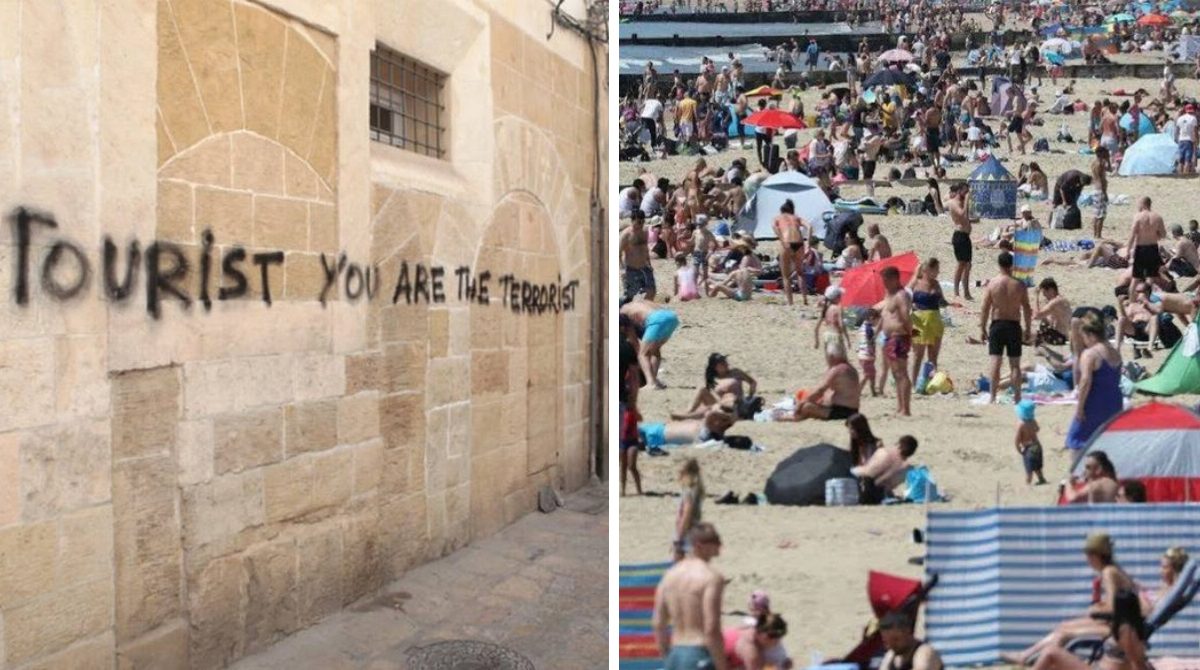In several popular countries in Europe, restrictive measures are being introduced to curb the excessive flow of tourists who annoy residents with noise at night or problems with movement on the streets. Forbes named the most anti-tourist destinations in the EU for the summer of 2023, where travelers may face various restrictions.
First of all, it should be noted that restrictive measures work differently in different countries. Some introduced visiting hours for certain attractions, while others limited the number of places available to visitors. You need to know about the rules in the most popular tourist areas before the trip.
Austria, Hallstatt
This Austrian town has been declared a UNESCO World Heritage Site and attracts more than a million travelers annually. However, this year, after protests by residents, dissatisfied with too many tourists, the authorities installed a wooden fence. He will not allow visitors to take pictures in this place.
“To curb tourism, Hallstatt has already introduced daily restrictions on the number of buses and cars that can enter the city,” reports Euronews. However, already at the beginning of summer, these limits have reached their maximum, and residents who just want to be left alone continue to struggle with excessive tourism, read more here.
France, Marseille
Many French cities are filled with vacationers. According to Forbes, there are nine tourists for every resident of Paris. Also popular are Lyon, Marseille, and Bordeaux, where about 9 million travelers come. In this regard, restrictions on the number of visitors to certain attractions came into effect in Marseille.
Italy, Portofino, Venice, and Rome
Portofino is a famous Italian town with a population of only 400 people, but it is visited by thousands of tourists at any time of the year. Here, certain zones have been established where you cannot linger and pose for photos for a long time from 10:00 a.m. to 4:00 p.m. Violation is punishable by a fine of up to 270 euros.
Cruise ship bans are in place in Venice as the city, which has 21 tourists per 1 resident, continues to deal with serious environmental issues due to its location. Rome last year restricted access to some places in the city, such as the Trevi Fountain and the Spanish Steps.
Spain, Majorca
The island of Majorca, crowded primarily with British tourists, limited the number of places for vacationers to 430,000. Barcelona can do the same, where around 12 million people come during the peak season.

